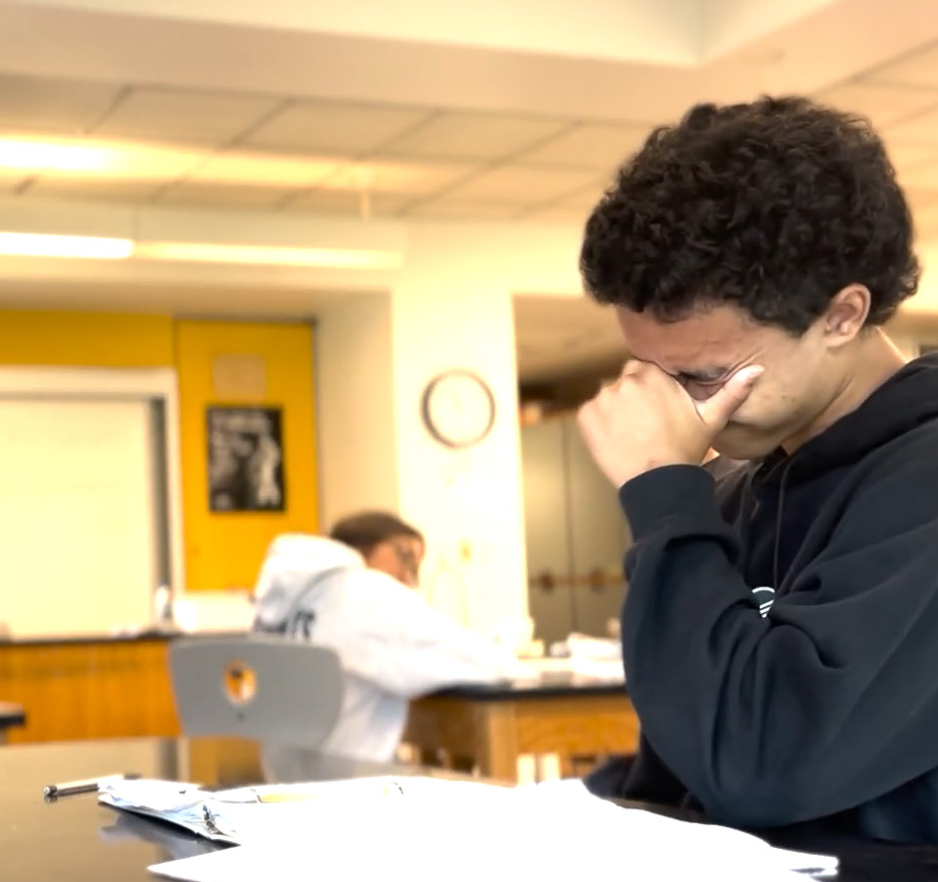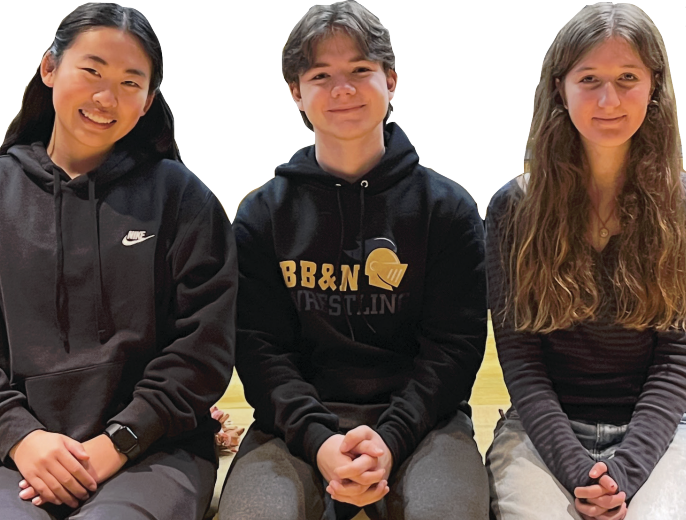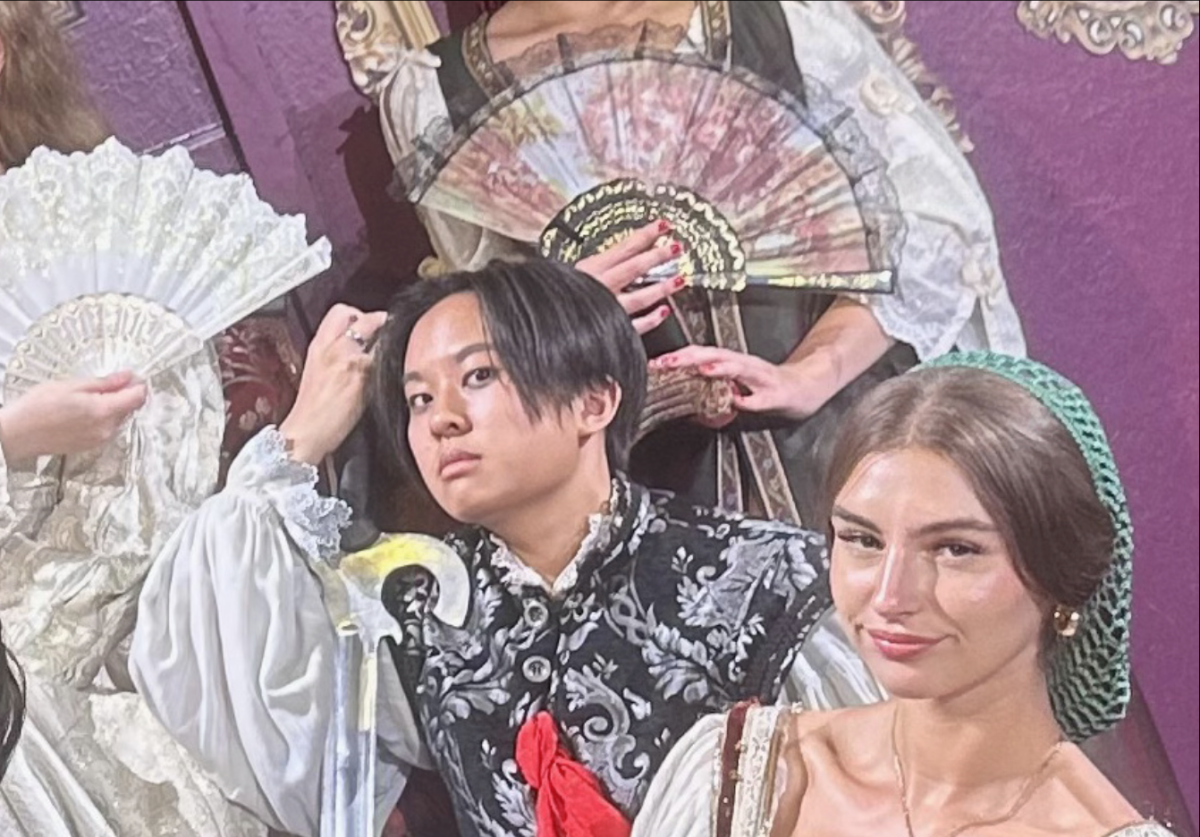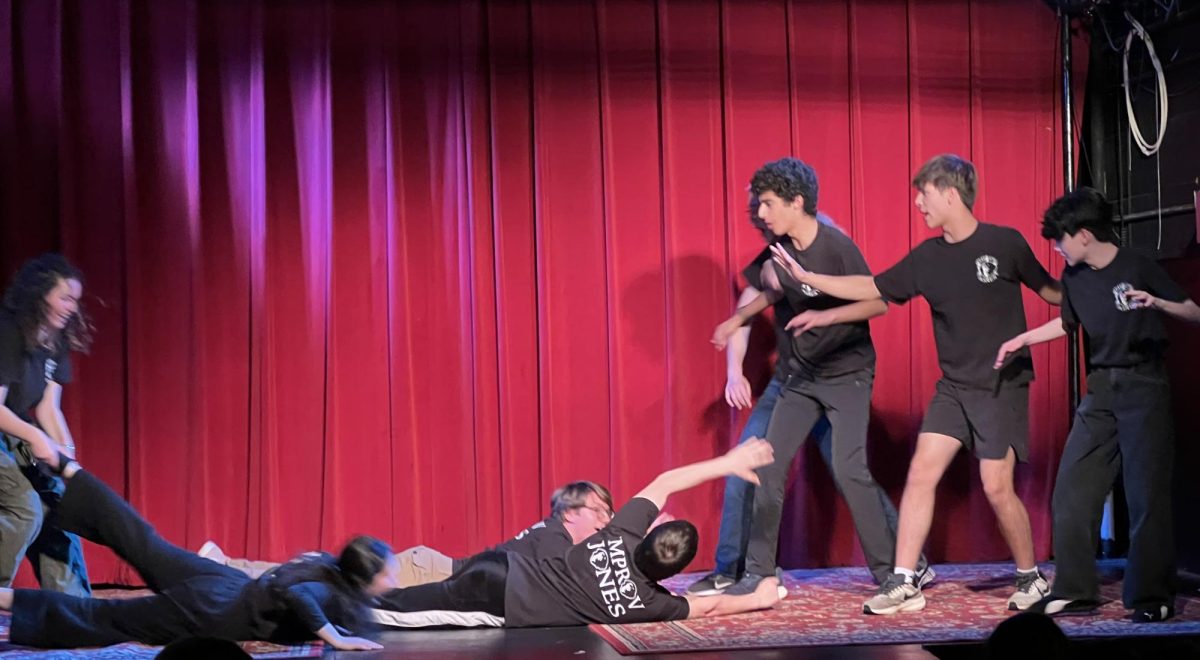Have you ever tried a sport or instrument to discover an impossible, stubborn, and fragile attachment to it? I certainly have, and I often wonder if I made the “right choice” ten years ago. The school offers a selection of sports, but I chose one of the few it doesn’t: figure skating.
A pristinely-white, smooth-surfaced, threedimensional object rests on the palm of my hand. As I examine my figure skate that I first stepped onto a sheet of ice with, I am reminded of the past ten years I’ve dedicated to this art. Now, the excitement of wearing pink skating costumes has been replaced by the thrill of landing a jump. I can feel my body fighting inertia while contracting for a faster spin, sharply ending as my blade hits the ice. The 0.71-degree tilt of my head results in the scraping of my blade, while my body is thrown onto the bitterly-cold ice, and I crash.
On my boot, the once-white, now-gray laces are intertwined between eyelet holes. Inside, the dark beige cushion is constructed to feel like my head on a memory foam pillow. However, all I can feel are my ankle bones pressing against my skate. All I can feel are the blisters that form during every practice, bleeding into my socks.
When tapped, my boot makes a hollow sound. As I rub my fingers along the jagged blade, I envision my wornout legs pushing to increase speed, and I can hear the grinding sound of my blade gripping onto the ice. The twenty-seven nicks on my boot and the markings on my blade are all lasting impacts from attempted jumps, which only manage to reveal a small fraction of painful failures. Feet crossed, I slam onto the cool sheet of ice, my skates stabbing and fighting each other like opponents in war.
The eight-inch-long steel blade is attached to the sole of my boot with unaligned screws. The blade is hollow on the bottom so that only the outer margins touch the ice. These edges are either outside or inside, and they can make or break the points that put me into first or second place.
Every day, I focus so that my blade will stay on the sweet spot, right below the ball of my foot. If I rock too close to my heel, I can slip and crack my tailbone. If I lean too far on my toes, I’ll inevitably land face first on the unforgiving ice. I remember my first half-turn waltz jump to my first three-rotation triple salchow, coupled with countless injuries and millions of throbbing bruises.
I’ve been performing gravity-defying jumps and spins on a single thin blade. I surpass my limits when it would be much easier just to say, “I quit.”
Parents often teach kids “hard work beats talent.” But I wonder, is this true? In my early years of practice, the skaters who began training at 3 years old with “natural talent” were always the medalists. For a long time, I questioned how far my hard work and dedication could truly take me. I envied the skaters who landed their double axel in half a year while mine took four. Yet, now, most of my childhood competitors do not even skate anymore. I have endured injuries and mental blocks when others were unable to.
In my skating programs, I strive to be absolutely perfect. When practicing jumps, an innumerable amount of falls are needed to land them and succeed. Hard work and courage don’t bring me total success every day. That is just how the sport, and every sport is. I’ve had to sacrifice countless nights with friends, saying, “I have practice.” But I listened to the voice in my head whispering, “don’t give up.” Talent gives individuals a head start, but it cannot work without hard work.
As I run my fingers across the ripped leather and deep scratches of my skate, I feel the present version of myself stretching all ten of my fingers and turning my foot out as I stare down at the judges. I hear the first few notes of my music play, and after the 7,632 hours spent crashing and getting back up, I trust my blade. I accelerate off my first triple jump and land with 800 pounds of force. In 0.41 seconds, I find myself backward on one foot; I glide with my head held high, representing Team USA.





